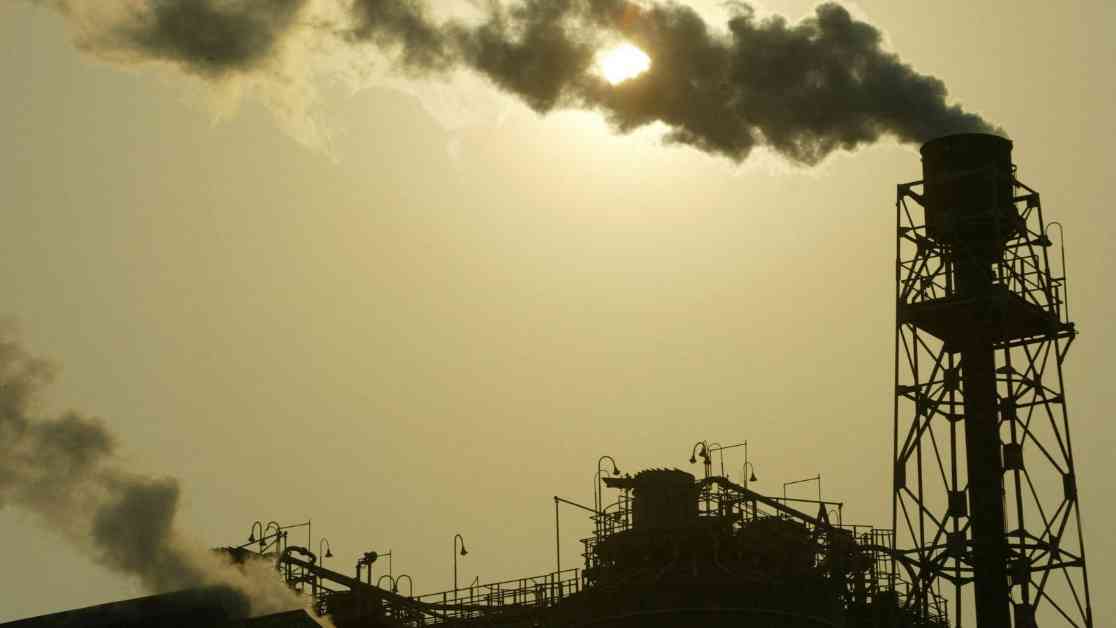Limiting global warming to 1.5C seems like an almost impossible task based on current trends, the UN’s environment body warns. The Emissions Gap Report for this year reveals that greenhouse gas emissions in 2023 reached record highs. Even more alarming is the fact that the rate of emission growth since 2022 has been nearly twice as rapid as in the decade before the COVID pandemic.
Despite extensive climate discussions and an increase in wind and solar power usage, the analysis indicates that the current path of carbon emissions is leading the world towards a potentially devastating 3.1C of warming by the end of this century compared to pre-industrial levels. While emissions have peaked in several affluent nations like the UK, US, and EU, they are not decreasing rapidly enough to offset the significant emission growth in countries such as China, India, Indonesia, Saudi Arabia, and Vietnam.
Inger Andersen, the executive director of the United Nations Environment Programme (UNEP), emphasizes the urgency of the situation by stating, “Climate crunch time is here.” She stresses the need for unprecedented global mobilization to address climate change immediately. The report calls on nations convening at the upcoming UN climate summit in Baku, Azerbaijan, to present emissions reduction commitments that align with the Paris Agreement goals set in 2015.
The Paris Agreement, which was signed by 196 countries, aims to limit global warming to below 2C above pre-industrial levels and strive to keep it below 1.5C. However, the UNEP report indicates that only Madagascar has submitted a more ambitious commitment since last year. The majority of pledges fall short of effectively slowing down global warming. Even if all current commitments are fully executed, the world is still projected to warm between 2.6C-2.8C by the end of this century.
While the report highlights the grim reality of the current trajectory, it also presents a glimmer of hope. The analysis shows that there is a technical potential to reduce 31 gigatons of greenhouse gases by 2030 and 41 gigatons by 2035 through significant efforts like deploying zero-carbon electricity generation and reversing deforestation trends. These measures could help bridge the gap needed to steer the world back towards the 1.5C warming limit.
Dr. Anne Olhoff, the lead author of the report, emphasizes that every fraction of a degree matters in the fight against climate change. She acknowledges that achieving exactly 1.5C may be challenging but stresses the importance of relentless action and political leadership to safeguard our planet’s future. Rich nations providing technical and financial assistance to less affluent countries will be crucial in meeting the emission reduction targets outlined in the Paris Agreement.
As countries gear up to submit new carbon-cutting pledges by 2025, the main focus at the upcoming climate summit will be on the urgent need for immediate action and collaboration. Dr. Olhoff emphasizes that progress hinges on unwavering commitment and strong political leadership to combat the climate crisis effectively.










